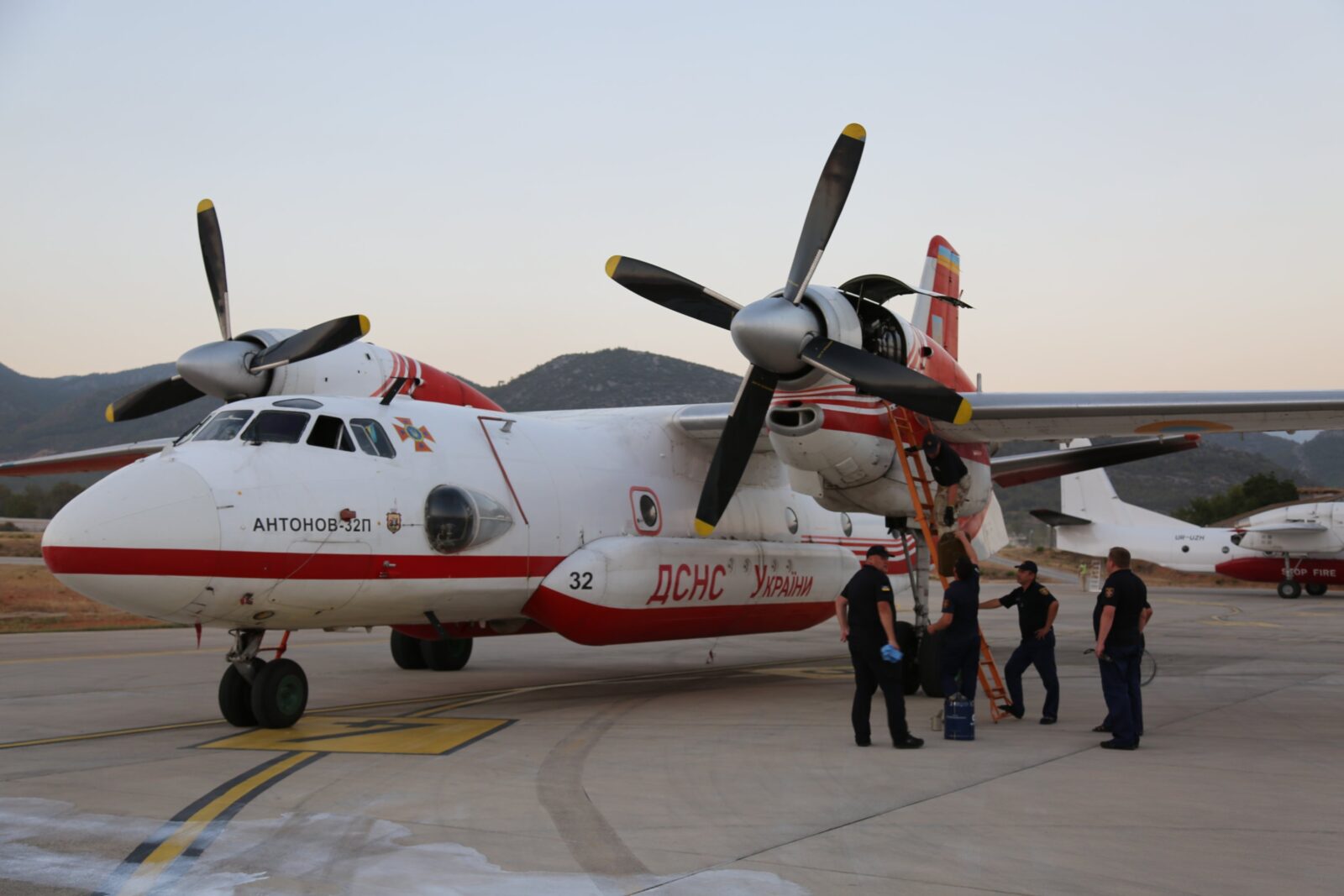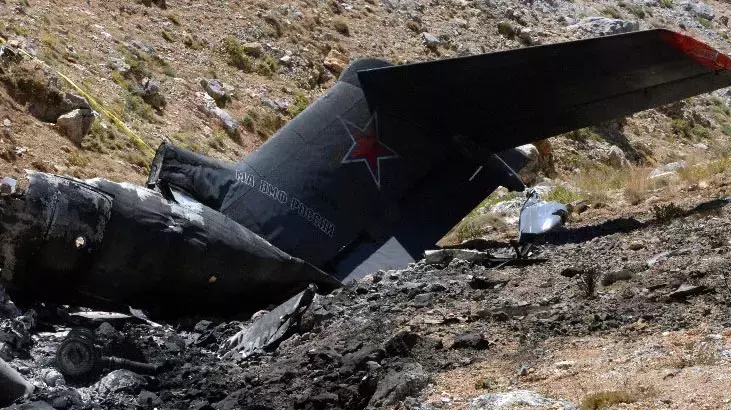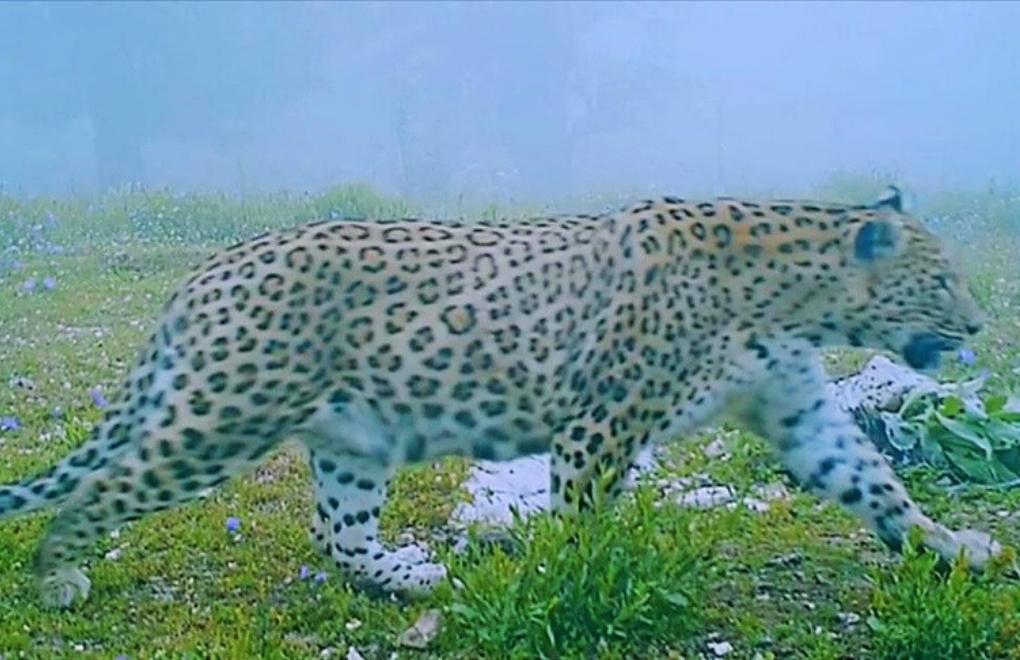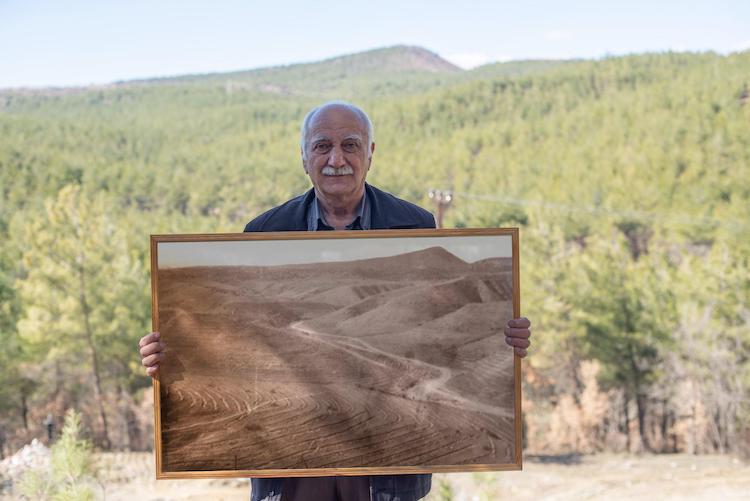Why Türkiye needs larger aerial firefighting fleet?
 A Turkish CL-215 Bombardier firefighting plane. (AA Photo)
A Turkish CL-215 Bombardier firefighting plane. (AA Photo)
A large aerial firefighting fleet would enhance Türkiye’s ability to combat wildfires quickly and efficiently. Ground-based firefighting methods are often insufficient, especially in remote and rugged forest areas.
Aerial support can provide rapid response, accurate water or retardant drops and a broader overview of the fire situation, leading to more effective containment and suppression.
Growth, composition of Türkiye’s forest areas
Türkiye’s forest area has shown significant growth over the past decades. In 1973, the total forest area was 20,199,296 hectares.
By 2020, this had increased to 22,933,000 hectares, covering 29.4% of the country’s total area. Despite this growth, 42% of the forest areas are degraded and need rehabilitation.
Forest land in Türkiye is categorized into degraded closed and normal forests.
The proportion of degraded closed forests has been a significant concern, comprising 42% of the total forest area in 2020.
The tree cover in these forests has also increased from 847,033 thousand m³ in 1973 to 1,628,200 thousand m³ in 2020. Most of this tree cover is in normally closed forest areas, constituting 95.9% of the total.

Türkiye’s current fleet, future
In 2023, 24 aircraft were used directly to fight fires. As part of the reserve force, 25 helicopters and 2 aircraft belonging to the Turkish Ministry of National Defense (MSB) and the Turkish Ministry of Interior were utilized. Six OGM fire management helicopters also took part in the operations.
The total number of helicopters used reached 100.
The total Turkish aerial firefighting fleet consists approximately of 27 aircraft, 101 helicopters and 10 unmanned aerial vehicles (UAV) which are used by the Turkish Ministry of Forest and Agriculture, General Directorate of Forest, Turkish Aeronautical Association, Ministry of National Defence and Ministry of Interior and Turkish Armed Forces.
Türkiye also rents a lot of aerial firefighting planes and helicopters from various countries. Such as Beriev Be-200s from Russia, M-18 Dromader’s from Poland and Boeing CH-46 Sea Knights from the U.S.
The Turkish community has suffered a lot from the fires in the country, so they are grateful to those who help even in the smallest way. Türkiye’s hospitality is a well-known fact.

The Russian Ministry of Defense announced that five Russian personnel and three Turkish personnel who were on board the plane lost their lives in the accident.
The General Directorate of Forestry (OGM) of the Ministry of Agriculture and Forestry has signed a contract with Turkish Aerospace Industries (TAI/TUSAS) for the production of 8 more firefighting helicopters.
These aircraft are expected to be put into service in 2028.
Also, the delivery of the first four Airtractor AT-802 amphibious aircraft under the 20 Small Tanker/Amphibious Aircraft Procurement Project Contract, which started in January 2022, was completed in April 2024.
The delivery of the remaining 16 aircraft will be carried out before the 2027 fire season, with four each year.
Leasing these planes, while the capacity to produce them in Türkiye is available, has drawn quite a reaction.
Türkiye plans to produce firefighting planes and helicopters in the future. Fighting fires is also a fight against time, which is why it is thought that Türkiye is renting these planes.
Increasing wildfire incidents
Türkiye has experienced a rise in wildfire incidents, driven by climate change and resulting drought conditions. The years 2008, 2020 and 2021 saw significant increases in forest fires, highlighting the urgent need for efficient firefighting measures.
The Turkish Industry and Business Association underscores that the severity and extent of droughts will continue to increase, further exacerbating wildfire risks.
Forest area, biodiversity
With nearly 30% of the country covered in forests, including temperate rainforests in the eastern Black Sea Region, Türkiye’s forests are vital for biodiversity, ecological balance and carbon sequestration.
Wildfires pose a significant threat to these ecosystems, risking the loss of flora and fauna, including flagship species like the Anatolian leopard.

Economic impact of forests
Forests are a major economic asset for Türkiye, contributing through wood production, which includes firewood, industrial wood, and various non-timber products like resin and honey.
In 2023, wood production from forests provided substantial income.
Protecting this resource from wildfires is crucial for sustaining economic benefits and supporting rural livelihoods dependent on forest resources.
Rehabilitation, afforestation efforts
Türkiye has invested heavily in forest rehabilitation and afforestation, particularly between 2006 and 2012, to restore degraded forests and increase forest cover. The country’s extensive afforestation efforts include establishing energy forests, erosion control and private afforestation.
Protecting these newly established and rehabilitated areas from wildfires is essential to ensure these efforts are not in vain.

Climate change mitigation
Forests play a critical role in mitigating climate change by acting as carbon sinks. In 2021, Türkiye’s forests absorbed 34 million tonnes of greenhouse gases.
Wildfires reduce this capacity, making it imperative to have an effective firefighting fleet to prevent forest fires and maintain their role in carbon sequestration.
Protecting human lives, property
Wildfires not only threaten forests but also human lives and property. As wildfires increase in frequency and intensity, the risk to nearby communities grows.
An aerial firefighting fleet would improve the country’s capacity to protect people and infrastructure, reducing the devastating impacts of wildfires on human settlements.



